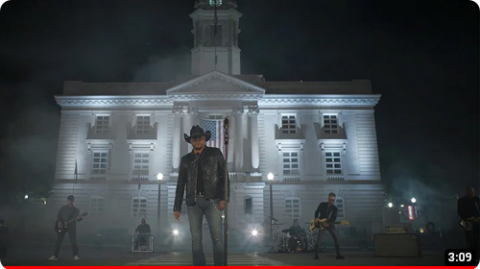 The best way to think about the weaknesses of war elephants is to look at the question with a specific context, so we are going to narrow in on one of the two key areas where war elephants did not last as a weapon system: the Roman world (both the period of the Republic and the Empire). [B]y the Imperial period, the Romans seem to have decided that elephants were not worth the trouble and discontinued their use. Roman military writers routinely disparage elephants (we’ll see why) as weapons of war and despite the fact that Rome absorbed not one but three states which actively used elephants in war (Carthage, the Ptolemaic and Seleucid Kingdoms) – and thus we may assume three sets of capture, training and breeding programs for maintaining the animals – they did not continue their use. It is one thing not to adopt a foreign weapon, it is quite another to inherit the entire production complex and still say, “no, not for me”.
The best way to think about the weaknesses of war elephants is to look at the question with a specific context, so we are going to narrow in on one of the two key areas where war elephants did not last as a weapon system: the Roman world (both the period of the Republic and the Empire). [B]y the Imperial period, the Romans seem to have decided that elephants were not worth the trouble and discontinued their use. Roman military writers routinely disparage elephants (we’ll see why) as weapons of war and despite the fact that Rome absorbed not one but three states which actively used elephants in war (Carthage, the Ptolemaic and Seleucid Kingdoms) – and thus we may assume three sets of capture, training and breeding programs for maintaining the animals – they did not continue their use. It is one thing not to adopt a foreign weapon, it is quite another to inherit the entire production complex and still say, “no, not for me”.
So today we’re going to ask, “why?” We’ve answered that question in the immediate term – to quote Trautmann (2015) on the point, “the Roman refusal of the war elephant … was based upon a low estimate of its value” (250). To put another way, they thought they sucked. We know elephants could be quite potent in battle, so the answer must be a touch more complicated. We’ll look at this two ways: first (because it’s me) in terms of logistics, and then in terms of anti-elephant tactics, to see why elephants could not succeed against (or with) Rome. I am also going to speculate – just a touch – on which of these factors might explain the other major area elephant warfare did not penetrate: China.
Roman Elephants
But first, a necessary caveat to an objection no doubt already brewing in the minds of some: but didn’t the Romans use elephants sometimes? Yes, though Roman employment of elephants was at best uneven (this is a point, I’d like to note, where Trautmann (2015) shows its value over, for instance, J. M. Kistler’s War Elephants (2006) – the latter’s reading of Roman use of war elephants bends the evidence to serve an argument, rather than the other way around). Nevertheless, the Romans did use war elephants during the last two centuries of the Republic.
The Romans had some war elephants (just 20) at Cynocephelae (197 B.C.) against Macedon – these had been drawn from the kingdom of Numidia, which had sided with Rome against Carthage in the Second Punic War. Plutarch (Flam. 8.2-5) leaves the animals out of the battle narrative, but Livy (who is the better source; Liv. 33.9) notes their use to break up the Macedonian right wing, which was not yet even in fighting formation. It’s not clear the elephants were necessary for the Roman victory here and the key action was actually a flanking attack by infantry.
The Romans brought elephants to Magnesia (190 B.C.), but left them in reserve; the Romans only had a few, whereas their Seleucid opponents had brought many more. Moreover, the Roman elephants were smaller African elephants, effectively useless against the large Asian elephants the Seleucids used. Pydna (168 B.C.) against the Macedonians again, is harder to assess because the sources for it are poor (part of Livy’s narrative of the battle is mostly lost). Plutarch (Aem. 19-22) leaves the elephants out again, whereas Livy notes that Perseus’ dedicated elephant-fighting corps was ineffective in fighting the Roman elephants on the right wing, but attributes success there to the socii infantry rather than the elephants (Liv. 44.41.4-6). Kistler reads this as a notable elephant success, but Livy does not say this, instead crediting the socii on the right and the legions breaking up the Macedonian center.
The Romans did find elephants useful in places like Spain or southern Gaul (modern Provence) where just a handful could bewilder and terrify opponents completely unused to and unprepared for them. The last gasp of true Roman war elephants came in 46 B.C., where Julius Caesar defeated a Roman army led by Metellus Scipio which had sixty elephants in it. The elephants lost and one of Caesar’s legions (my personal favorite, Legio V Alaudae (Larks!)) took the elephant as a legionary symbol in commemoration of having beaten them.
So absolutely yes, the Romans of the Middle and Late Republic made some use of war elephants, but it was hardly a distinguished run. As Trautmann notes – quite correctly, in my view – the Romans were always more interested in ways to defeat elephants than to use them.
Bret Devereaux, “Collections: War Elephants, Part II: Elephants against Wolves”, A Collection of Unmitigated Pedantry, 2019-08-02.






